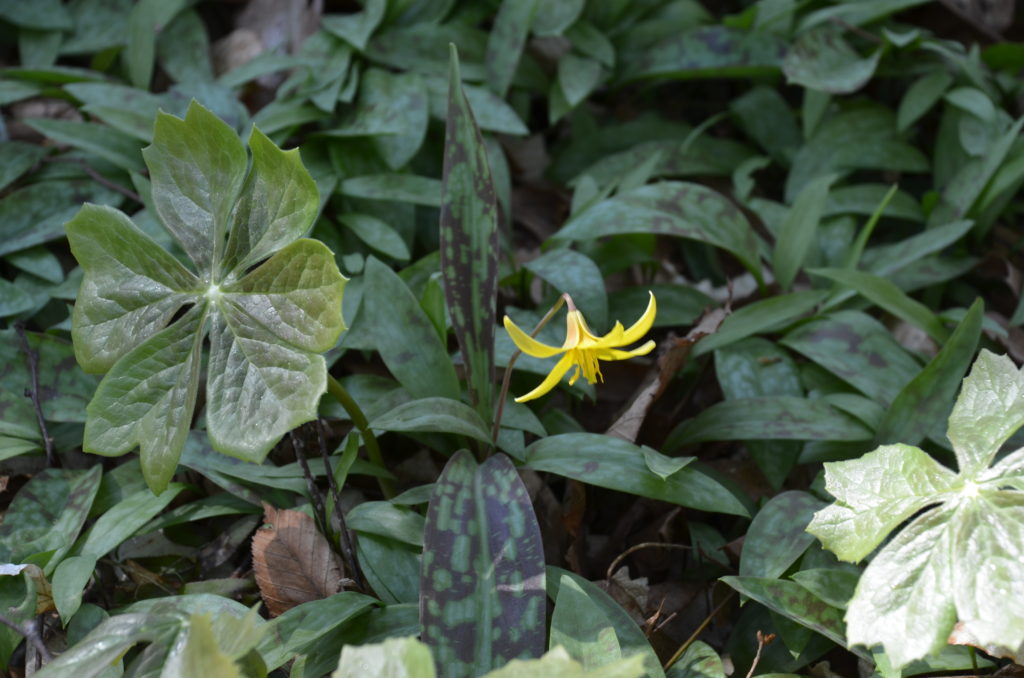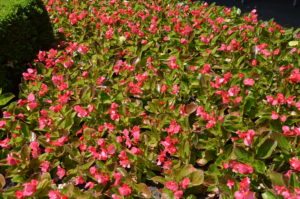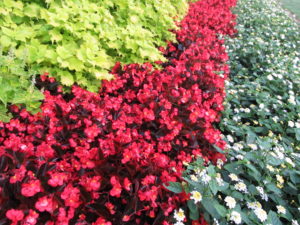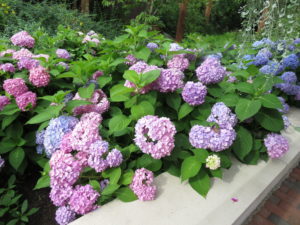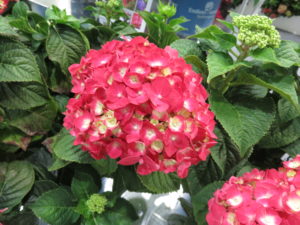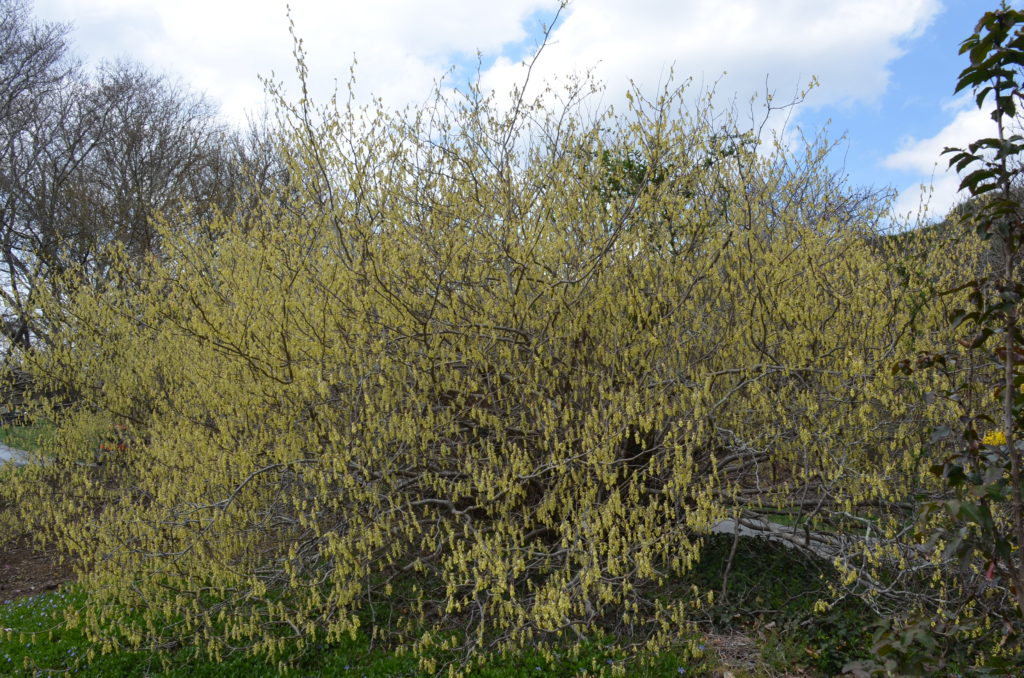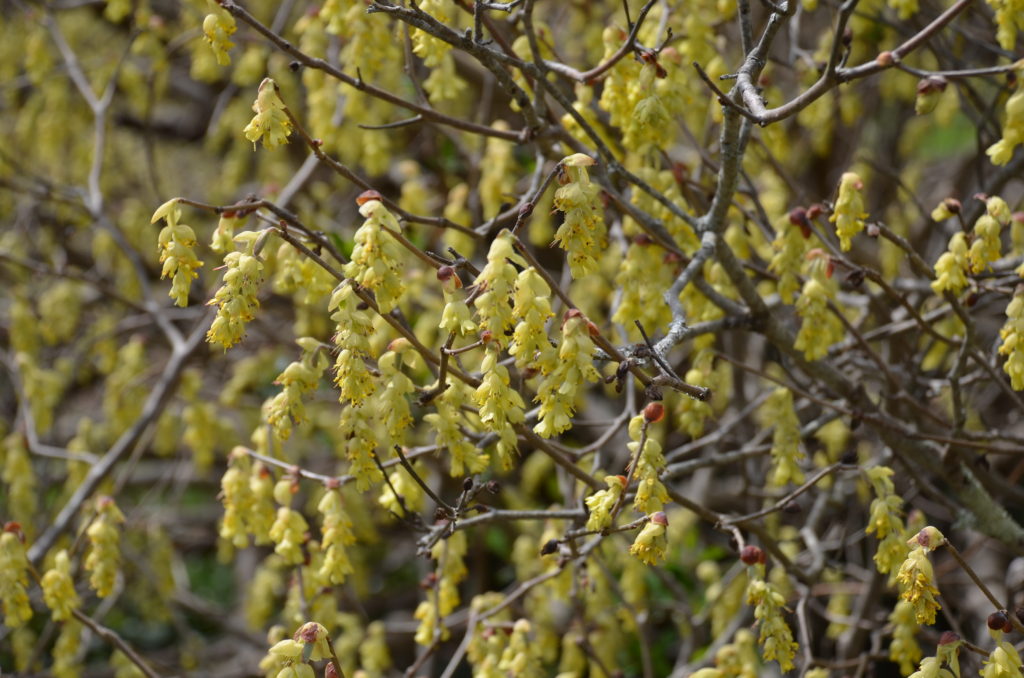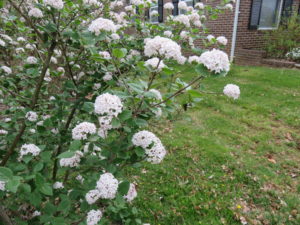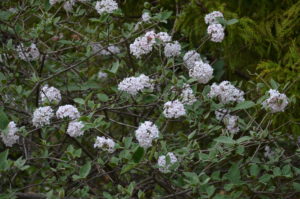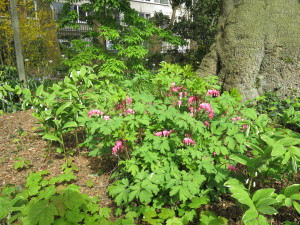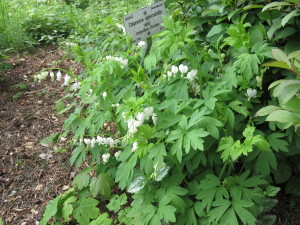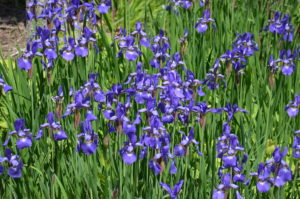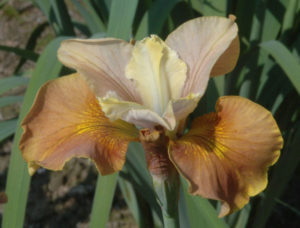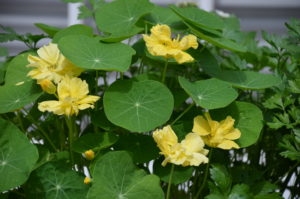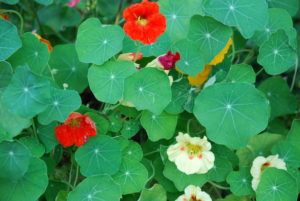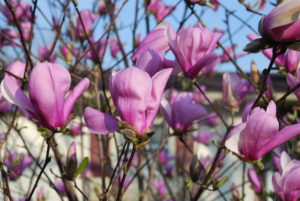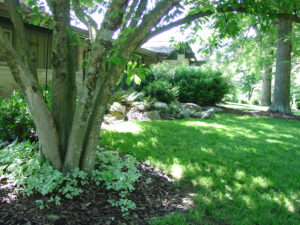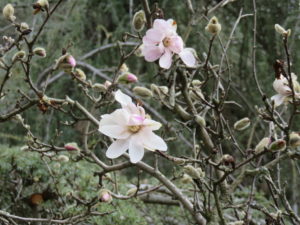The cold dreary days of March have waned and many of our great Appalachian wildflowers have awakened. These plants are often referred to as “ephemerals” because they come up, bloom, and fade away in 6-9 weeks. They bloom in a shady woodland or garden environment before the deciduous tree canopy has completely leafed out.
Their appearance tells gardeners that spring is nearly here. We are heartened to see them popping their heads up. Virginia bluebells (Mertensia virginica), trout lilies (Erythronium americanum),
celandine poppies (Stylophorum diphyllum), spring beauties (Claytonia virginica), bloodroot (Sanguinaria canadensis), twin leaf (Jeffersonia diphylla), and toothwort (Dentaria diphylla) are blanketing woodland areas. By late spring or early summer, most will have died back to the ground preparing for the next year’s display.
In designing your own wildflower garden, these favorites associate with each other: foamflowers (Tiarella spp.), coral bells (Heuchera spp.), several ferns, yellowroot (Xanthorhiza simplicissima), woodland phlox (Phlox divaricata), and Jack in the pulpit (Arisaema triphyllum). They prosper well under deciduous trees and where the soil does not get bone dry.
Spring wildflowers do not demand moist, fertile soil. They gather nourishment from the soil organic matter. The chances of spring wildflowers to seed-in and naturalize in your landscape are greater in humus-rich ground. If their soil, light and water needs are met, these spring beauties tend to form small colonies.
Some young wildflowers may be difficult to identify from seed. For example, Virginia bluebells may take 5-6 years to reach full flowering-sized size. Be careful not to mistakenly weed out young bluebells that look like tiny clumps of bibb lettuce.
Numerous native plant nurseries sell these beloved late winter-spring wildflowers or ephermerals. A few favorites include Sunlight Gardens (www.sunlightgardens.com) in Andersonville, TN and Sunshine Farms (www.sunfarm.com) in Renick, WV.

Virginia bluebells 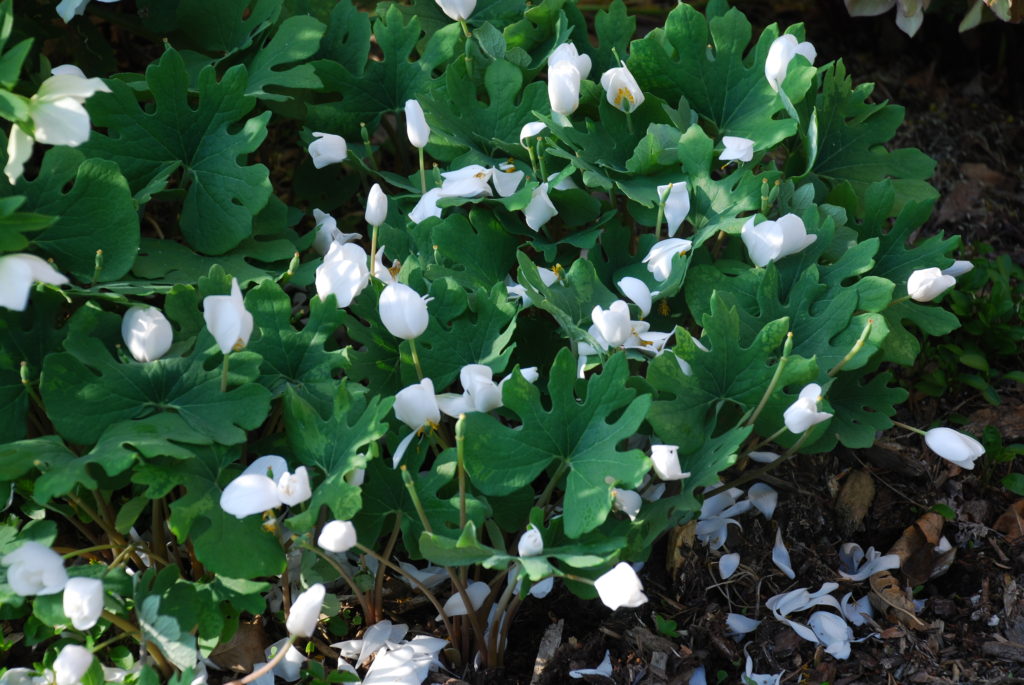
Bloodroot

